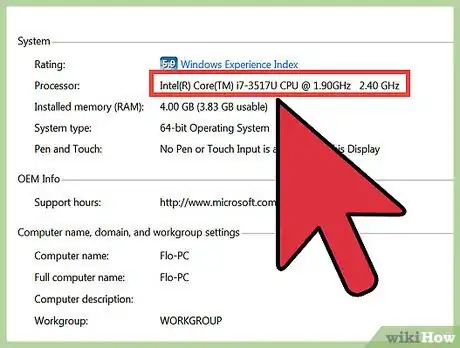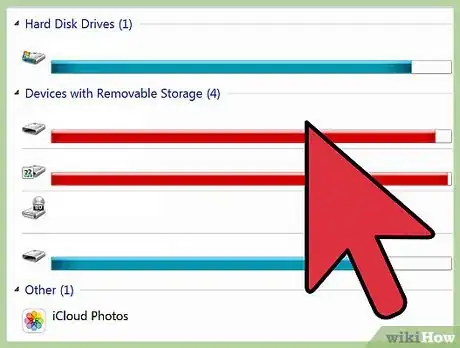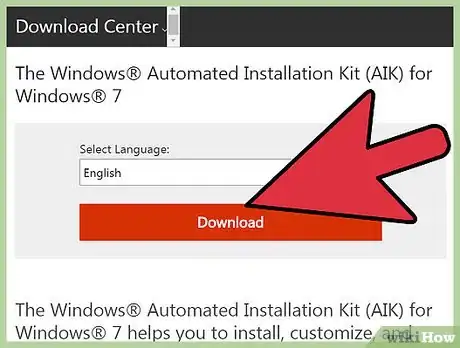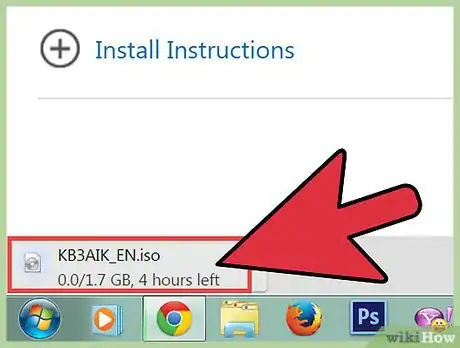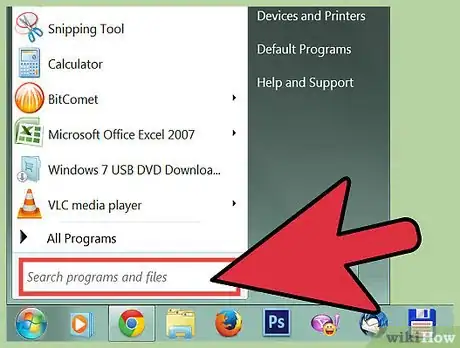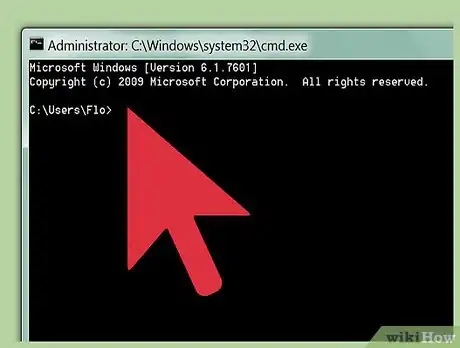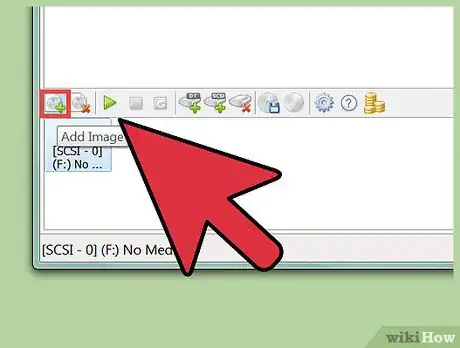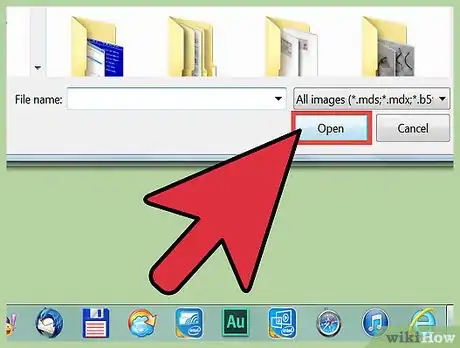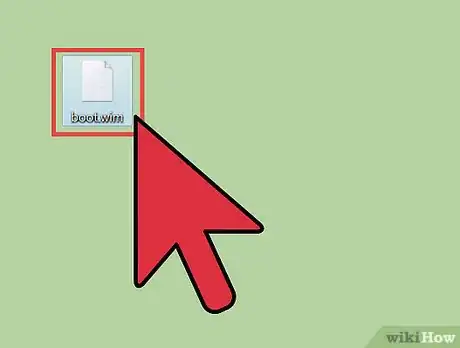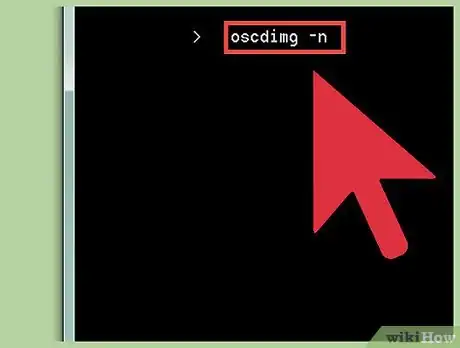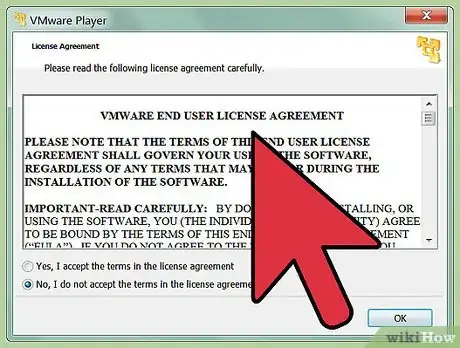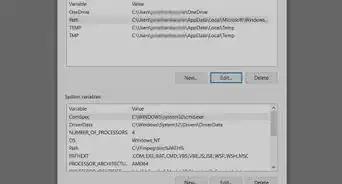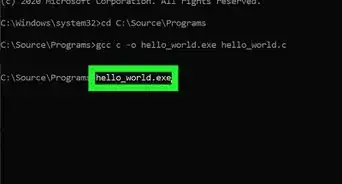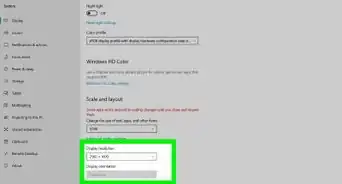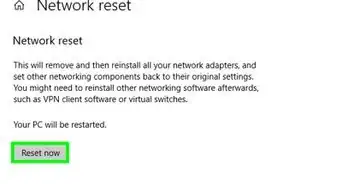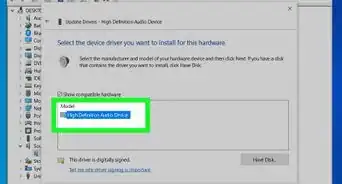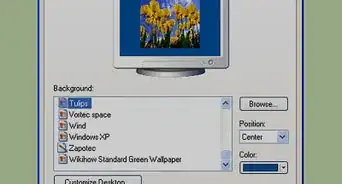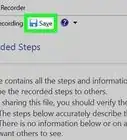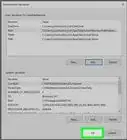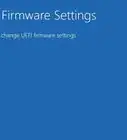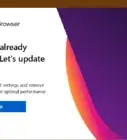X
wikiHow is a “wiki,” similar to Wikipedia, which means that many of our articles are co-written by multiple authors. To create this article, volunteer authors worked to edit and improve it over time.
This article has been viewed 32,577 times.
Learn more...
If you'd like to create a Windows-based operating system, this article will tell you all about doing just that. You need to know at least one programming language, such as C++. Or if you don't know any, just skip the coding part in this article. You also need to know file manipulation of system files, this will not be as easy though. If you concentrate on all the steps, you will get there with your own operating system.
Steps
-
1Make sure you have all the requirements ready, you will need them. The requirements are listed under Things You'll Need below.
-
2Decide what CPU the OS is compatible with. For example: x86 (32-bit), x64 (64-bit). Make sure your computer that you will target matches the CPU type you will specify later. Write down what processor architecture, you need to remember that.Advertisement
-
3Decide what you want to use as storage (CD, DVD, USB, HDD).
- Note: If you choose a CD or DVD, your image file of your system must be smaller than 1G. We will talk about the image file later.
-
4Download the Windows 7 AIK from this link: http://www.microsoft.com/en-us/download/details.aspx?id=5753
-
5Install it and then turn off your User Account Control (UAC) in the control panel. This allows us to do anything to the system files stored in the image file we are going to change.
-
6Find and open the Deployment Tools Command Prompt in the start menu.
-
7Set up the image file. The image file is 120MB. If you install it on a CD as a live filesystem, then you are not able to save anything. Type the following command in the Deployment Tools Command Prompt: copype _Your_Chosen_Processor_Architecture_ C:\PathWhereYouWantToStoreTheImageFile. Example: copype x64 X:\Data\MyWindowsOS
-
8Mount the image. So you have created our image (if it has been done right) and now you need to mount it so that you can change its contents. Type the following: imagex /mountrw PathOfImage 1 PathOfImageFolder/mount. Example: imagex /mountrw X:\MWOS\winpe.wim 1 X:\MWOS\mount.
-
9Add anything you want to it, the mount point is your specified mount point. When you are done with modifying its contents, type imagex /unmount MountPointPath /commit. Example: imagex /unmount X:\MWOS\mount /commit
-
10Type move PathOfImageFile PathOfImageFolder/ISO/sources/boot.wim
-
11When that is done, type the following command to create a CD image. Type: oscdimg -n -bPathOfImageFolder\etfsboot.com PathOfImageFolder\ISO PathIfImageFolder\winpe_x86.iso
-
12Test your image in virtualbox, vmware or even for real.
Advertisement
Community Q&A
-
QuestionCan I do this on my main PC and on Windows 10?
 Jackson DerryberryCommunity AnswerIf your PC is Windows 10, then yes. You can just go to Microsoft's website and search Windows ADK
Jackson DerryberryCommunity AnswerIf your PC is Windows 10, then yes. You can just go to Microsoft's website and search Windows ADK
Advertisement
Warnings
- If your deployment target (your test computer) has less than 1GB ram, you will get a blue screen of death!⧼thumbs_response⧽
Advertisement
Things You'll Need
- Internet connection
- Target system must have 1GB of RAM (or 500MB if deploying on USB/HDD)
- Tiny or big knowledge of C++
- Test computer/laptop- CD/DVD Windows 7 AIK/ADK, CMD enabled
- Windows 7
- 10GB of disk space
- Windows 7 boot updater tool (for modifying boot logo)
- Resource hacker
- Visual studio (for creating programs for your os)
- Probably a USB (if you deploy a system with more than 900MB)
About This Article
Advertisement

